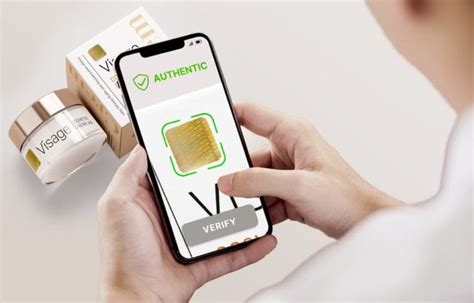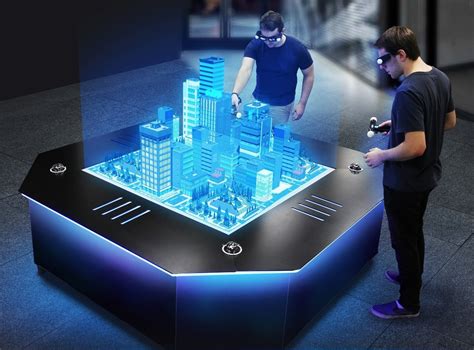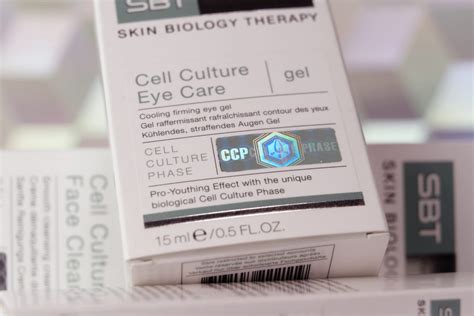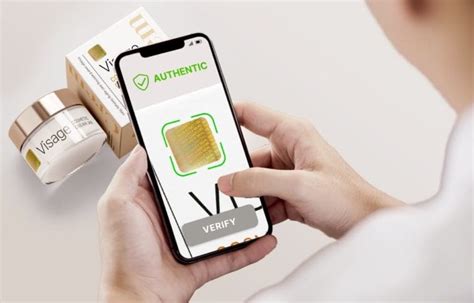How Holograms are Revolutionizing Product Authentication
1. What Role Do Holograms Play in Modern Product Authentication?
Holograms have become a trusted element in product authentication due to their unique optical properties, which make them difficult to replicate. When used on products, these holographic images provide visual evidence of authenticity, protecting brands and consumers from counterfeit goods.

Product authentication with holograms involves specialized holographic labels or seals, typically embedded with security features such as microtext, color-shifting inks, and dynamic images. When consumers verify a product’s hologram, they are assured that it has passed the manufacturer’s security checks.
- Visibility: Holograms are visible and can be quickly checked by consumers.
- Uniqueness: Their complex design prevents easy reproduction.
- Enhanced security: They integrate multiple layers of security into a single design.
By combining various optical elements, holograms create a multi-layered defense against counterfeiting. The optical illusions and visual effects that they produce help distinguish genuine products from counterfeit ones, benefiting both manufacturers and consumers.
2. Why Are Holograms Difficult to Replicate?
Holograms are challenging to replicate because they require complex optical technology and advanced printing methods. These holograms often integrate several security features, such as:
| Feature | Description |
|---|---|
| Microtext | Tiny text, visible under magnification, adds a unique element that is hard to reproduce. |
| Color-shifting Ink | Ink that changes color at different angles, making it difficult for counterfeiters to replicate. |
| Dynamic Imagery | Images appear to move or change as the hologram is tilted, a unique effect achieved through precision technology. |
Producing these effects requires specialized equipment, significantly reducing the chance that counterfeiters can duplicate them. This makes holograms a valuable tool in securing product authenticity.

3. How Do Holograms Improve Consumer Confidence in a Product?
Consumers recognize holograms as a sign of quality and security, which improves trust in a product’s authenticity. When a consumer sees a holographic seal, they often feel more assured that the product is genuine, making holograms a powerful branding tool.
This trust is vital in industries where authenticity is critical, such as pharmaceuticals, electronics, and luxury goods. The visibility of holographic seals provides instant reassurance, simplifying the verification process for consumers.
4. What Industries Rely on Holograms for Product Authentication?
Several industries, including pharmaceuticals, electronics, fashion, and automotive, use holograms to safeguard their products. Here’s a closer look at their application in different sectors:
- Pharmaceuticals: Holograms prevent the distribution of fake medicines.
- Electronics: Protects against counterfeit components.
- Fashion: Helps in verifying designer labels and luxury products.
- Automotive: Ensures that spare parts are genuine and safe for use.
Each of these industries benefits from the authenticity holograms offer, which helps in brand protection and consumer trust.
5. What Types of Holographic Technologies are Used in Product Authentication?
There are various types of holographic technologies utilized, including:
- 2D/3D Holograms: These holograms have depth and layering effects, making them visually appealing and harder to replicate.
- Dot Matrix Holograms: Known for intricate patterns, they use laser beams and dot-matrix printers.
- Flip-Flop Holograms: These show different images when viewed from different angles.
These technologies offer diverse applications, catering to the needs of various industries in protecting their products.
6. What Steps are Taken in Hologram Production for Security?
The creation of security holograms is a meticulous process involving:
- Designing: The hologram is custom-designed for each product.
- Mastering: Laser beams are used to create a master hologram.
- Replication: Using embossing techniques, the hologram is reproduced on materials.
This process ensures that each hologram is secure, unique, and difficult for counterfeiters to copy.
7. How Do Holograms Help Combat Counterfeit Products?
Holograms are effective in deterring counterfeiters due to their complex design and production process. With features such as microtext and color-shifting inks, they are nearly impossible to replicate.

This difficulty in duplication acts as a significant deterrent, protecting brands from the financial and reputational damage caused by counterfeit products.
8. What Are the Future Innovations in Holographic Product Authentication?
Future developments in holographic technology are likely to introduce advanced features, including:
- Digital Verification: QR codes embedded in holograms for online verification.
- Augmented Reality Integration: View holograms with AR apps for further product information.
- Nanotechnology: Enhances security with nanoscale designs.
These innovations will enhance security, offering even more robust protection for products and brands.
Table Summarizing Key Information on Holograms in Product Authentication
| Aspect | Details |
|---|---|
| Primary Function | Visual verification of product authenticity |
| Industries Using Holograms | Pharmaceuticals, Electronics, Fashion, Automotive |
| Technologies | 2D/3D, Dot Matrix, Flip-Flop |
FAQ
1. Can holograms be used on any product?
Yes, holograms can be customized for various types of products across industries.
2. How effective are holograms in preventing counterfeits?
Holograms are highly effective, as they use complex designs that are hard to replicate.
3. What is a flip-flop hologram?
A flip-flop hologram displays different images when viewed from different angles.
4. Are holograms expensive to produce?
Costs vary, but economies of scale and technological advances are making them more accessible.
5. How do I verify a hologram’s authenticity?
Look for unique features such as color shifts and dynamic images under different angles.
6. Can holograms be integrated with digital authentication?
Yes, many holograms now include QR codes for digital verification.
7. How long do holograms last on a product?
Most holograms are durable and designed to last the life of the product.


